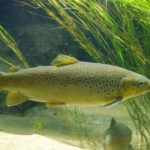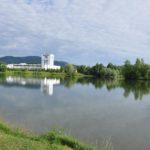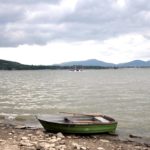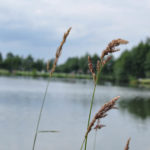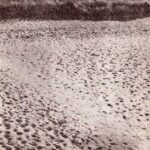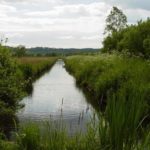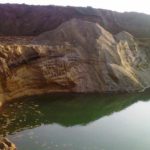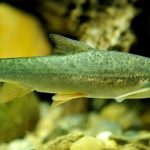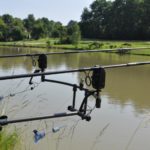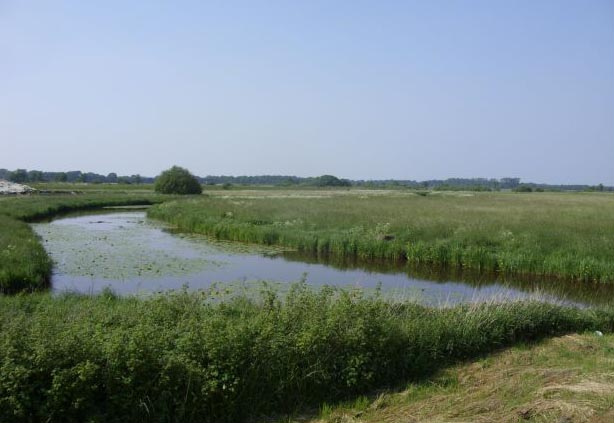 Starorzecza mogą powstawać sztucznie w wyniku regulacji meandrujących cieków, mogą również powstawać naturalnie. Są częścią pierwotnego cieku, odizolowaną groblami od głównego łożyska, dlatego wypełnia je tylko woda gruntowa (z macierzystą rzeką tworzą „naczynia połączone”).
Starorzecza mogą powstawać sztucznie w wyniku regulacji meandrujących cieków, mogą również powstawać naturalnie. Są częścią pierwotnego cieku, odizolowaną groblami od głównego łożyska, dlatego wypełnia je tylko woda gruntowa (z macierzystą rzeką tworzą „naczynia połączone”).
W pierwszych latach po powstaniu ich rybostan jest identyczny z obsadą macierzystego cieku, są więc w nich reprezentowane różnorodne grupy ryb. Skutki zmiany pierwotnego reżimu wodnego przejawiają się w starorzeczu bardzo odczuwalnie w zmianie składu rybostanu. Gatunki wód płynących tracą właściwe środowisko: w zmienionych warunkach wegetują, z reguły nie mają możliwości rozmnażania się, a ich liczebność stopniowo się zmniejsza. Decydującą rolę w kształtowaniu obsady stopniowo przejmują gatunki, które upodobały sobie stojącą wodę i w niej właśnie znajdują odpowiednie warunki do odbycia tarła. Mogą tu bytować tylko ryby fitofilne i te o skromniejszych wymaganiach, trące się na roślinności wodnej.
Produktywność starorzeczy ma z początku tendencję wzrostową, wspieraną stopniowym napływem substancji pokarmowych, pod wpływem czego na dnie tworzy się organiczna warstwa mułu, a w związku z nią pojawia się roślinność. W pierwszej fazie mamy w tych wodach wyrównany i korzystny bilans tlenowy, także warunki dla intensywnego obiegu substancji pokarmowych w wodzie są sprzyjające. W miarę upływu czasu te stosunki zaczynają się pogarszać i produktywność starorzeczy stopniowo się obniża. Jest to związane z procesami gnilnymi powodującymi deficyt tlenu. Wpływa to oczywiście także na skład rybostanu: bardziej wymagające gatunki ryb stopniowo giną, aż w końcu ich egzystencja staje się zupełnie niemożliwa. W ten sposób skład obsady zostaje zredukowany do kilku najodporniejszych gatunków, tj. lina, karasia, piskorza itp. Cały opisany proces dopełniony jest przez nadmierne rozprzestrzenianie się bujnej roślinności, która pokrywa coraz to większe połacie starorzecza. W końcu może dojść do zupełnego zarośnięcia wody; w ten sposób wypłycone starorzecze całkowicie traci wartość gospodarczą.
Procesu utraty wartości przez starorzecza można by uniknąć przez nieustanne lub sezonowe „przepłukiwanie.” Przypuszczalnie dzięki regulacji przepłukiwania wartość hodowlana starorzecza mogłaby się istotnie zwiększyć, a przede wszystkim wyeliminowane zostałoby ryzyko przyduchy.
Możliwości gospodarczego wykorzystywania starorzeczy w praktyce często są przeceniane, co przejawia się w przesadnym ich zarybianiu. Faktyczna wartość hodowlana tych wód jest bardzo niska, o czym możemy się łatwo przekonać, na przykład badając intensywność wzrostu ryb.
